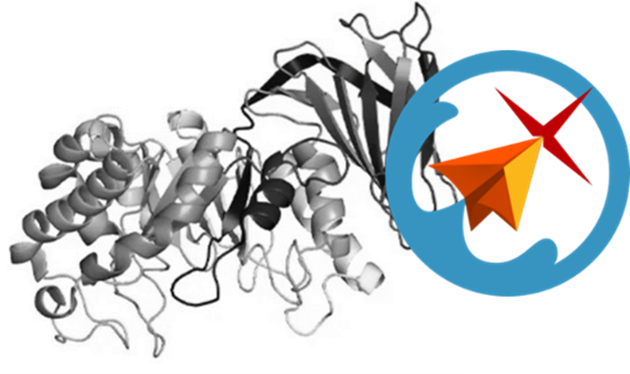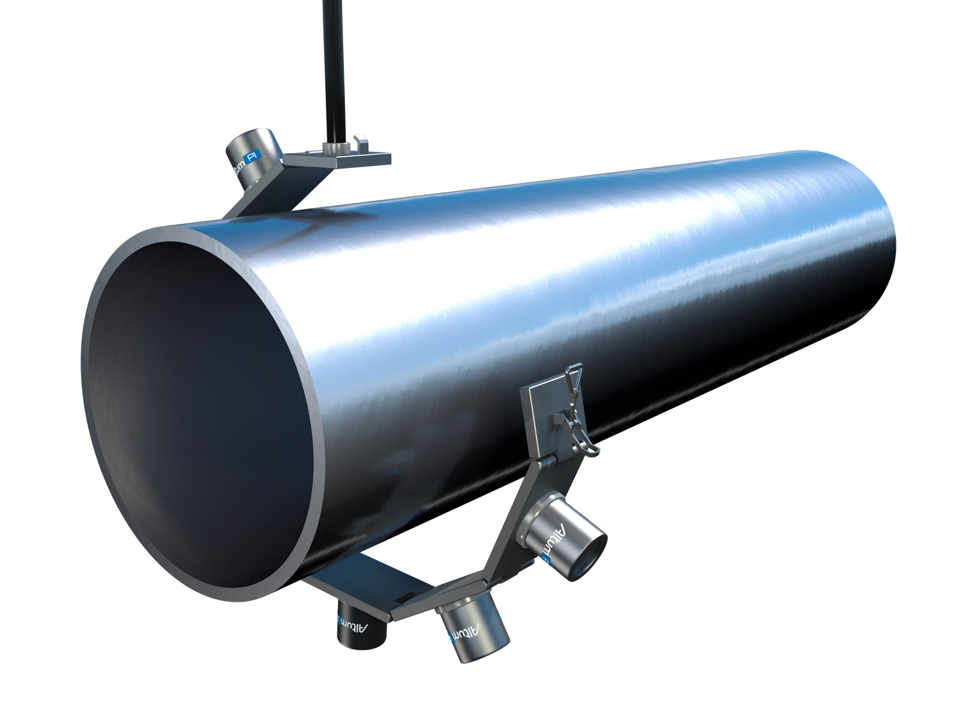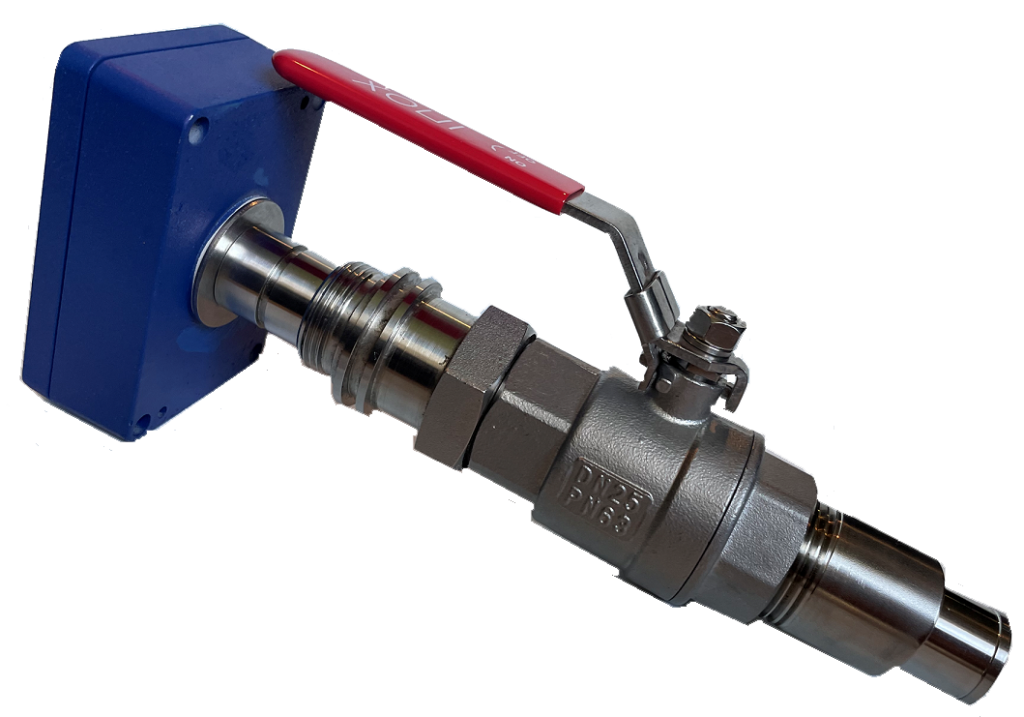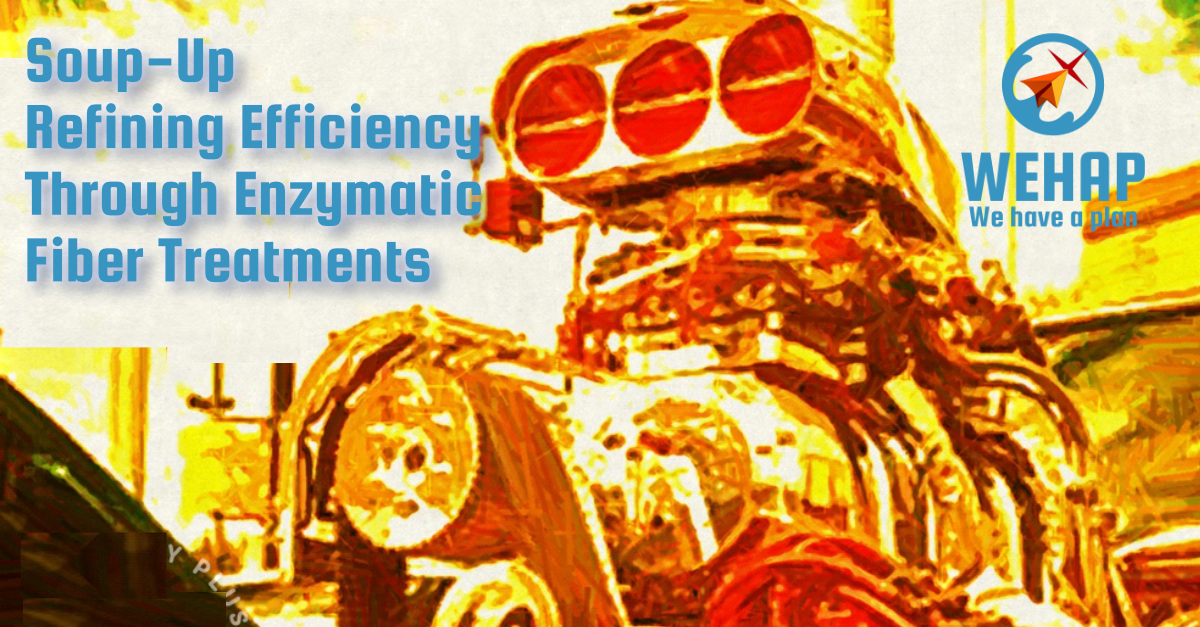This piece is about the impact that refining enzyme application can make in stock preparation to enhance fiber bonding potential and define the final characteristics of the paper. Maxzyme-RE, a cellulase-based refining enzyme, addresses the limitations of traditional refining processes, which often consume excessive energy, compromise fiber quality through over-cutting, and struggle to achieve consistent outcomes. These challenges impact paper strength, formation, and machine efficiency downstream. By optimizing fiber modification and improving refining efficiency, Maxzyme-RE provides a solution to these critical issues. Here’s how:
Enzymatic Fiber Treatment Solutions
1. High Energy Consumption
Problem: Refining processes can consume up to 30% of a mill’s energy, significantly impacting operational costs.
Solution: Maxzyme-RE reduces energy requirements during refining by enzymatically modifying cellulose surfaces, allowing for easier mechanical processing.
Benefit: Lower operational costs and a reduced carbon footprint support both financial and environmental goals.
2. Inconsistent Paper Strength
Problem: Achieving strong inter-fiber bonding without excessive refining is a persistent challenge.
Solution: Maxzyme-RE optimizes fiber structure through targeted hydrolysis and depolymerization, enhancing tensile strength without compromising quality.
Benefit: Produces durable paper products with improved formation, reducing waste and downtime.

3. Poor Drainage Rates
Problem: Reduced drainage slows down production, increasing costs and machine wear.
Solution: Maxzyme-RE selectively breaks down fine particles, improving water removal during the papermaking process.
Benefit: Enhanced machine runnability and faster production cycles.
4. Environmental Impact
Problem: Traditional refining methods rely on chemicals and excessive energy, increasing pollution.
Solution: Maxzyme-RE’s enzymatic approach minimizes chemical usage and supports recycled fiber processing.
Benefit: Aligns with sustainability goals and complies with environmental regulations.
How Maxzyme-RE Refining Enzyme Chemistry Works
Maxzyme-RE operates through the synergistic action of cellulase and xylanase enzymes, which target specific components of pulp fibers to enhance their properties and optimize the refining process. Here’s how the chemistry functions to achieve its benefits:
1.Selective Hydrolysis and Depolymerization
Maxzyme-RE enzymes partially hydrolyze and depolymerize cellulose and hemicellulose on the fiber surfaces. This action loosens the fiber structure without excessive cutting, preserving fiber integrity and increasing its flexibility and bonding potential.
2. Improved Fiber Fibrillation
The enzymatic action exposes more fibrils on the fiber surface by breaking down fine particles and removing non-cellulosic barriers such as xylan. This improves the fiber’s ability to form hydrogen bonds, leading to stronger inter-fiber bonding and enhanced paper strength.
3. Enhanced Drainage
By breaking down trapped particles and fine materials in recycled fibers, Maxzyme-RE reduces the bulk of materials obstructing water flow. This results in improved drainage rates during the papermaking process, which supports faster production and reduces energy requirements.
4. Energy Efficiency
The enzymatic pretreatment makes fibers more susceptible to mechanical refining, reducing the energy needed to reach the desired freeness levels. This is achieved by chemically weakening the cellulose structure, enabling easier processing.
Through these precise enzymatic actions, Maxzyme-RE transforms the refining process into a more efficient, cost-effective, and eco-friendly operation, helping mills achieve higher-quality outputs with reduced environmental impact.
Next Step to discuss your Stock Prep Vision
Technical Data Sheet? Material Safety Data Sheet? Brochures? For More Information: [email protected]
Process Discussion? Schedule a Trial? To set up conference call: [email protected]







0 Comments